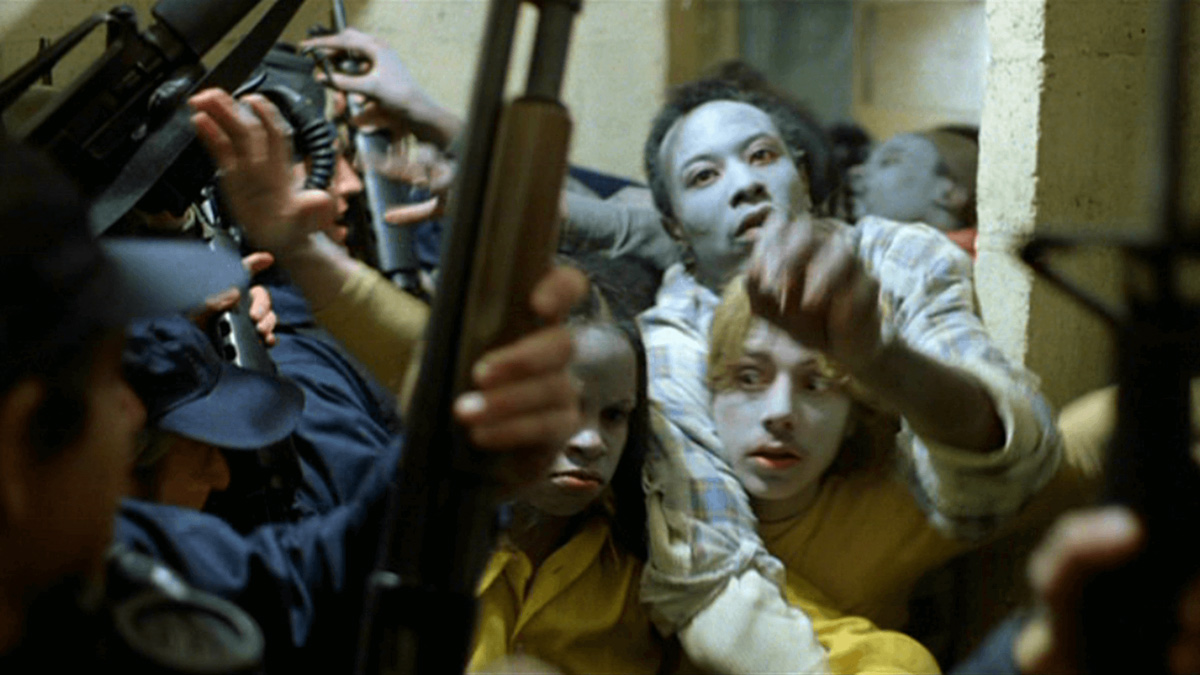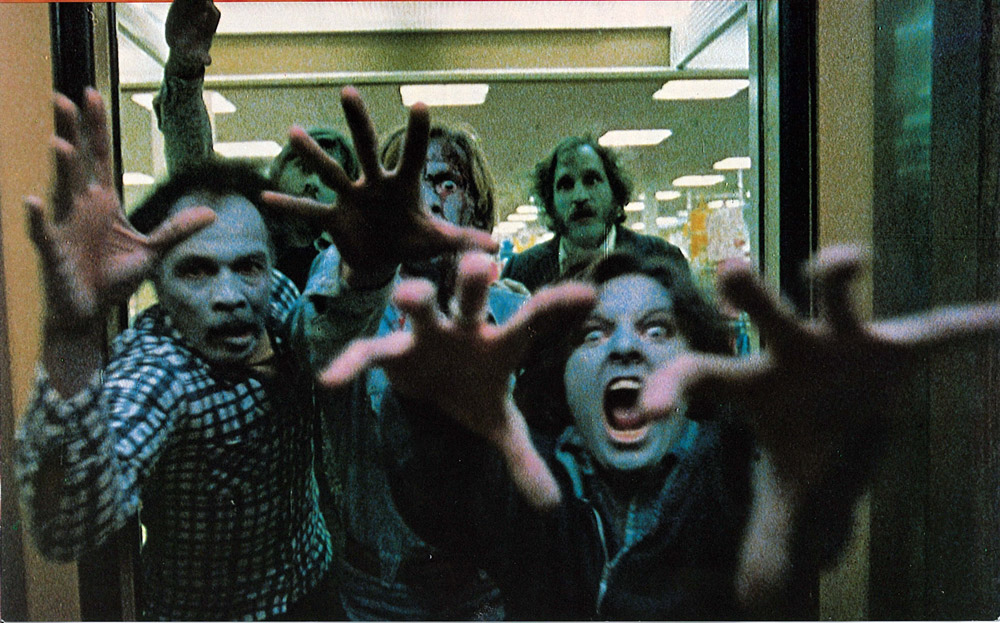
(C) 1978 THE MKR GROUP INC. ALL RIGHTS RESERVED.
The wonder of the horror movie “Dawn of the Dead” seen from the perspective of “editing”
2018.09.21
Romero's skills as a commercial director
The unique editing of "Dawn of the Dawn of the Dead" is the work of none other than director George A. Romero. Romero did not use specialized equipment such as a "Moviola" or a "Steinbeck" to edit the film while checking the editing points by playing the footage on a scope. Instead, he edited the film himself using a six-unit synchronizer with an audio head and a viewer. The former counts the number of frames and the time of the shot and allows for synchronization between the film and the cinetape, while the latter is a small window display that shows the film image. Romero skillfully uses both to make a temporary assembly using a 16mm duplicate print made from the original 35mm negative, and then works on the original negative.
This is a method that Romero has been using since his early days as a filmmaker, and can be seen in the documentary "Document of the Dawn of the Dead" (1985), which contains rare footage of the making of " Dawn of the Dead ." In it, Romero quickly turns the rewinder (a reel with a handle that sends the film back and forth), finds the editing point with the synchronizer and viewer, and then engraves and splices the prints in one go. This series of actions is aloof and smooth, even when compared to the common sense of analog editing, and is reminiscent of a first-class chef preparing ingredients with expert knife skills.

"Dawn of the Dead" (C) 1978 THE MKR GROUP INC. ALL RIGHTS RESERVED.
Romero's mastery of editing techniques and his style of dividing shots into small segments stems from his background as a commercial director. He understands the nature of commercials, which are about conveying as much information as possible in a short amount of time, and this understanding is what supports his distinctive editing. Furthermore, by working for an independent studio rather than a major Hollywood studio, he is able to maintain a system in which he can edit directly. Usually, at major studios, the work is divided into separate roles such as cinematography, lighting, and editing, and the director does not take on multiple roles. However, Romero is skeptical of this system, and edits his films himself from an indie studio where he can more easily reflect his own creativity directly.

